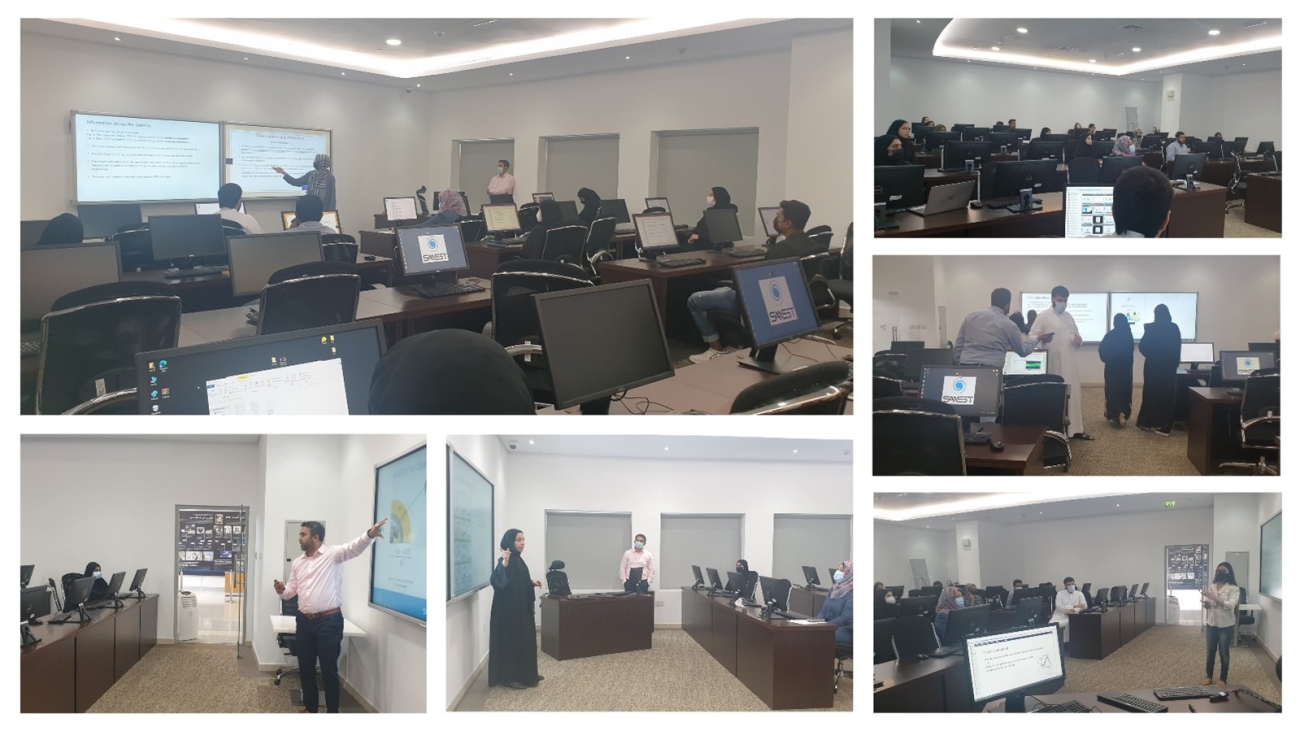navigation, and timing (PNT) services on a global or regional basis. The ionosphere is the zone of the terrestrial atmosphere that extends itself from about 60 km to more than 2,000 km in altitude. As its name says, it contains a partially ionized medium due to the X and UV rays of Solar Radiation and the incidence of charged particles from the solar wind.
The main item of the workshop was the use of GNSS data for ionospheric monitoring. SAASST has an operational GNSS receiving station with scintillation monitoring working for more than three years. Dr. Mubasshir introduced the SW&IL research activities that include the use of the CADI ionosonde and the GNSS station. Studying the ionosphere and its daily variations due to the highly charged particles coming from the Sun is an important aspect of space weather. Mr. Abdollah Masoud explained the use of the GNSS to monitor ionospheric disturbances. The ionospheric effects on GNSS are important. These effects can generate a significant signal propagation delay that can vary from equivalent of about 1 meter to more than 100 meters at GPS L1 frequency. This delay is directly proportional to TEC (Total Electron Content) and inversely proportional to the square of the carrier frequency. Potentially large position errors could result if ionospheric delays were not corrected to the extent possible. Amplitude and phase scintillation can cause temporary loss of lock on the signal and can be severe after local sunset in the equatorial region, especially near the peak of the solar cycle.
Two SAASST students assistants at the SW&IL, Ms. Sahar Sowdogar, and Ms. Manar Manar Anwer Khaleel Abusirdaneh, conducted practical exercises for the workshop attendees. These hands-on exercises were very beneficial to see how ionospheric data is treated to develop some very important physical parameters related to the ionosphere status.



